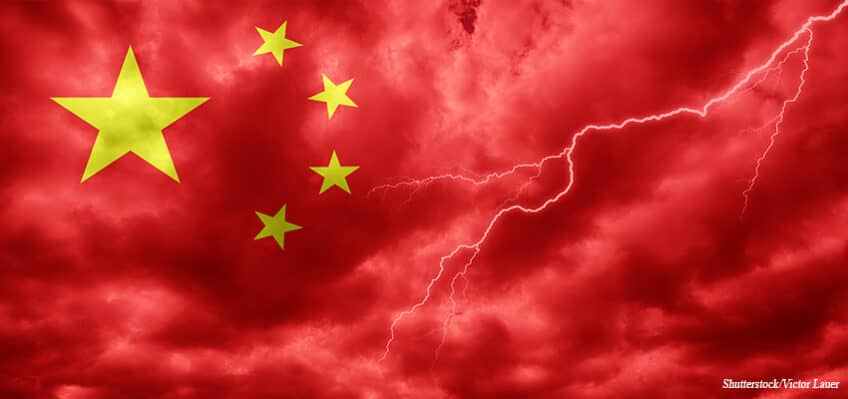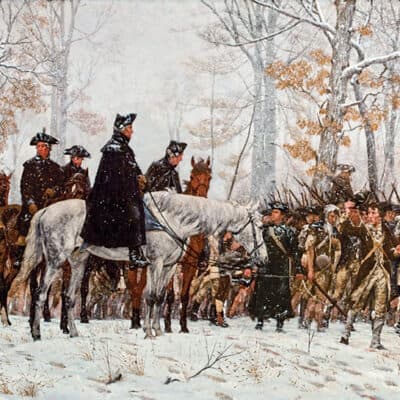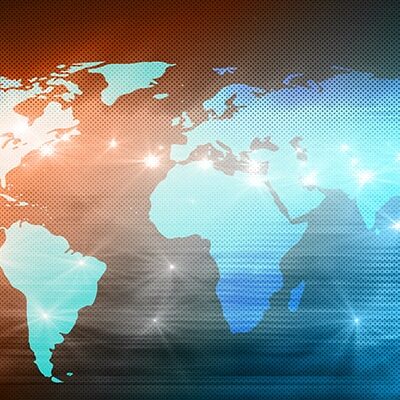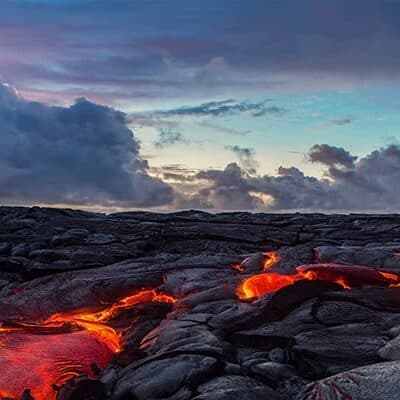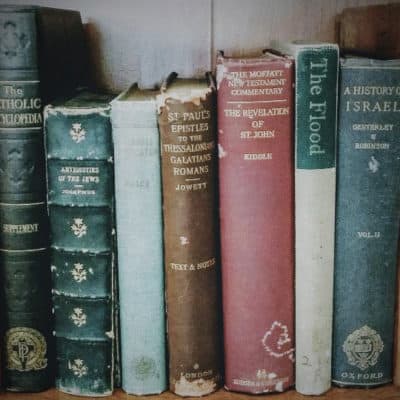China has become an ever increasing cause for concern among western nations. From their massive economic expansion in the past few decades, their manufacturing dominance, aggressive regional posturing, increasing international involvement and investment they have proven a force to be reckoned with. Add this to their technological and military advancement and the question has to be asked, “What is the end of their ambition?”
The history of China is long and complex. The land occupied by the modern country has been fractured and united many times. Unification first occurred under Qin Shi Huang, who styled himself Emperor, in about 230 BC. His efforts to unify hostile and diverse states within his domain included much reform, standardization and road construction as well as connecting various regional walls to create a precursor of the present Great Wall of China. His legacy is brutal and generally unfavorable though his centralizing activities have been praised in more recent years. His Qin dynasty was followed by the Han dynasty.
The Han further expanded the empire. From them we have derived the eponymous ethnic designation Han Chinese. Over 90% of the population of modern China is Han. They also account for 18% of the population worldwide. Their rule formalized and solidified trade along the famous Silk Road which lasted over 1000 years and has played such an enormous role in the exchange of goods and ideas. The plague is also thought to have made its way into Europe by this route. Trade took place with the West by both land and sea. There are reports of a few travelers and even small diplomatic missions passing between Rome and China during the Han dynasty, which lasted from 206 BC to 220 AD. These routes continued to be used through the centuries, though serious disruption occurred as the Mongol Empire, famously visited by Marco Polo, disintegrated.
In addition to silk and spices, China produced numerous other goods. The list of inventions attributed to the region is staggering. It includes such revolutionary items as paper made from pulp, printing, gunpowder, the compass, paper money, watertight bulkheads in ships, cylinders to collect natural gas, a helicopter rotor, soy sauce and toilet paper. As the world’s top exporter, their merchant tradition holds strong today.
The land is uniquely suited for international commerce. Rivers run from west to east, tying in nicely with the historic north to south trade routes along the coast. Two of the world’s longest rivers are among their number, the Yellow River (6th) and the Yangtze (3rd). The Yangtze is particularly beneficial. Navigable by ocean going cargo ships for over 600 miles into the interior of the country, major industrial centers have grown along its banks allowing for direct exportation. The delta alone has 10 cities that approach or exceed New York City (8 million) in population, not to mention the mammoth Shanghai which hosts 24 million. The now infamous Wuhan, with a population of 11 million, is much farther upstream.
Farther still is the Three Gorges Dam. In addition to having massive ship locks, facilitating further commercial traffic upstream, the dam is the most productive power station in the world. Its capacity is roughly equivalent to 20 Hoover dams. Of the 20 largest stations in the world, 7 are in China. These realities fuel the national pride of the Chinese people, demonstrating to them that China is a great power and a force to be reckoned with.
The last dynasty to rule China was the Qing, which didn’t end until 1912. The Chinese conceive their modern identity from this period, included in their so called “century of humiliation.” Many events had weakened the Empire, as had corruption. Bloody rebellions, famine and infighting left the Qing in no position to face off against industrial powers such as Britain and France. The industrial revolution had left China, which was almost completely shut to foreigners, far behind in terms of technological advancement. Imperial prestige (or conceit) prevented the Emperor from negotiating with other countries as equals.
Canton, now known as Guangzhou, was the only port open to international trade. Efforts to expand trade, as well as illicit attempts to recoup what became a huge imbalance in China’s favor, led to what is known as the Opium Wars between Britain and China. The Chinese were indeed humiliated. Defeated by forces they vastly outnumbered, they were forced to accept terms overwhelmingly favorable to the victors. This included opening many more ports to trade, provisions that foreigners could not be punished under Chinese law and giving over Hong Kong to British control.
Conflicts continued to arise and further gains were made by Britain, France, Russia and Japan. This fostered preexisting foreign animosity among the Chinese and a strong desire to revive their former glory. This drive was based on what was considered “new culture” and was highly critical of traditional Confucian strictures, which it blamed for their current problems. A revolution ended Imperial rule, ushering in the Republic of China. Far from solving anything, this era was full of chaos.
Factions and warlords battled one another continuously. There was international intrigue and even brief efforts to restore monarchy, all of which helped fuel the growth of the communist party. Having joined and contributed to the Allied cause in World War I, the Chinese were infuriated when Japan was given control of portions of their territory formerly administered by Germany. This perceived betrayal undermined the appeal of western-style democracy at the same time the Bolsheviks were sweeping all before them in Russia.
Despite this, it is not thought that Communism could have taken hold in China without the support they received from the Soviet Union. Civil war raged in China for 10 years before Japanese invasion forced a tenuous truce, which never amounted to cooperation until after the end of World War II. While both sides benefited from the USSR initially, support for the Chinese Communist Party solidified after the war. Captured Japanese arms and hardware were turned over to the CCP. Mass defections from their rivals, the Kuomintang (KMT), as well as promises of land to any peasant who would join their cause, swelled their ranks. In later years over 1 million landlords were executed to fulfill this promise.
United States policy actually kept Japanese soldiers in place until KMT forces could be transported to replace them, fearing that communist forces would overrun the country in a vacuum of power. The event was not long delayed, however. Nationalists were forced to retreat to the island of Taiwan, which the communists were unable to conquer. Before they were able to rally the force necessary, the situation dramatically changed with the onset of the Korean war and American attitudes towards communism.
This tenuous state of affairs remains to the modern day. What we call Taiwan is still technically the Republic of China (ROC), as opposed to the People’s Republic of China (PRC) founded by the communists on the mainland in 1949. The communist “One China Policy” prevents most nations, including the United States, from having formal relations with Taiwan. Any insinuation that Taiwan is independent (which it is) is incredibly insulting to the PRC to this day. It was not until the 1990s that Taiwan backed off its claim to be the sole legitimate government of China.
The western world stood by the ROC until about 1971 when the UN switched recognition to the PRC. After secret negotiations by Henry Kissinger, President Richard Nixon floored the public by announcing a week-long official visit. He later referred to his trip as “the week that changed the world.” If it was for the better remains to be seen. It did help fracture already strained relations between China and the USSR as China began to open to the world for business.
Strict communist rule had proven rather disastrous for China. Significant reforms took place in the late 1970s and 1980s and the country began to grow into the economic powerhouse it has become. What changed? Essentially capitalism was allowed inside of the country, though for political reasons it has been dubbed a “socialist market economy.” Many national interests were privatized and even publicly held businesses are allowed to function as if they were. Though it has slowed some recently, China’s annual GDP growth rate still averages over 9% for the last 20 years.
By western standards, life in China seems bleak and oppressive under a totalitarian regime that constantly censors free speech and is extremely touchy concerning criticism. So why would nearly 1.5 billion people put up with that? The chaos in China’s recent past, of which we have detailed only a fraction, is one reason. Stability counts. Time and again in history oppressive governments emerge out of turmoil. National pride is another. Internationally speaking, they are now more consequential than ever before. Their population, manufacturing capacity, the world’s largest standing army and many other accomplishments can be touted by the ruling communist party. While it may not seem worth it from our point of view, many Chinese believe in their system wholeheartedly.
A Pew Survey in 2010 reported over 90% approval among Chinese of their government’s handling of the economy. A Harvard study found similar levels of satisfaction with government in general. Potentially people are afraid to be critical, even in relative anonymity. There are, however, surprising responses to many government directives.
Take China’s one child policy. After years of enforcement, which included abortion and sterilization, a declining population forced the government to revise the policy to two children in 2016. This year that was deemed insufficient to offset the current 1.3 children per woman birthrate and the policy was switched to three children. A Reuters report quoted multiple women who claimed they did not want more children, already having two, as saying they would consider it if compulsory education was free, or after their children were older “to respond to the government’s call.”
The pressing question today is what sort of threat China poses to the world. The virus and China’s reticence in investigating its origins is one aspect. Military expansion, particularly in the South China Sea is another. Slow encroachment allows them to evaluate our response without providing a decisive cause for intervention. Taiwan also factors into this. China has constantly probed their airspace over recent months, if only to expend their resources. Hong Kong has been shifted more firmly under China’s control. Encroaching on the “one country, two systems” approach that appeased western powers brought no more consequence than verbal condemnation. The same goes for human rights abuses and the internment of Uyghurs.
China majorly influences developing countries through its loan programs. Loans are thought to equal 5% of Global GDP, around $1.5 trillion, to over 150 countries. Over 20 have required restructuring in the last decade. Investment is used as a tool in developed countries, with cash flows around $1 trillion in the last two decades. The main recipients are the U.S., Canada, Germany, the UK and Switzerland. During the same period China also invested around $500 billion with its regional neighbors, $150 billion in Latin America and $50 billion in Africa. In turn, China is the top destination for new foreign investments in the world.
Furthermore, how many American industries find themselves utterly dependent on Chinese manufactures or access to their market? Tech concerns and entertainment have shown utter moral bankruptcy in their dealings with the CCP. Even Donald Trump’s attempts to play hardball with the Chinese over trade imbalances had to include subsidies to American farmers who would be affected by reprisals. Automakers found themselves in the lurch over semiconductor chips this last year, an increasingly essential industry China has a virtual monopoly on. The Senate has only just passed legislation promoting domestic production to end this dependency.
This only scratches the surface. Numerous industries have moved overseas due to regulations prohibiting the very processes required in manufacture. Plumbing fixtures are a huge example of this. The idea that this somehow benefits the environment is utterly illogical, as moving production to less regulated areas actually results in more damage. A similar and majorly relevant example would be “gain of function” research on viruses. If it’s too dangerous for America why would we fund it in China? More countries are pushing for new investigations into the origin of Covid-19 as new evidence surfaces suggesting its components were engineered.
Chinese warrior and philosopher, Sun Tzu wrote in The Art of War, “Know your enemy and know yourself; in a hundred battles you will never be defeated.” There is no question that China is positioning itself to be the dominant world power of the future. They have a homogeneous population and long traditions to support their notions of cultural superiority. Historically they do not shrink from brutality if it is considered to be in the national interest.
Their communist leadership has shown itself pragmatic in adopting free market principles, rejecting the rigid blindness that drove the Soviet Union into the ground. Their military flexing, innovations, involvement in the new space race and many other things prove to their people that they are strong. Their economy continues to grow, with only $8 trillion in debt compared to our $23 trillion.
Corrupt U.S. leadership, busily tearing apart our own nation, turning people against each other with divisive rhetoric, is good for little more than vague and empty threats. Fragile western economies are virtually dependent on the status quo. Where is the moral high ground if we are reliant on those we condemn? If the United States expects to keep its world superpower status it is past time to get serious about this situation. The advance of globalism is concerning enough without a totalitarian atheist regime at the helm.

